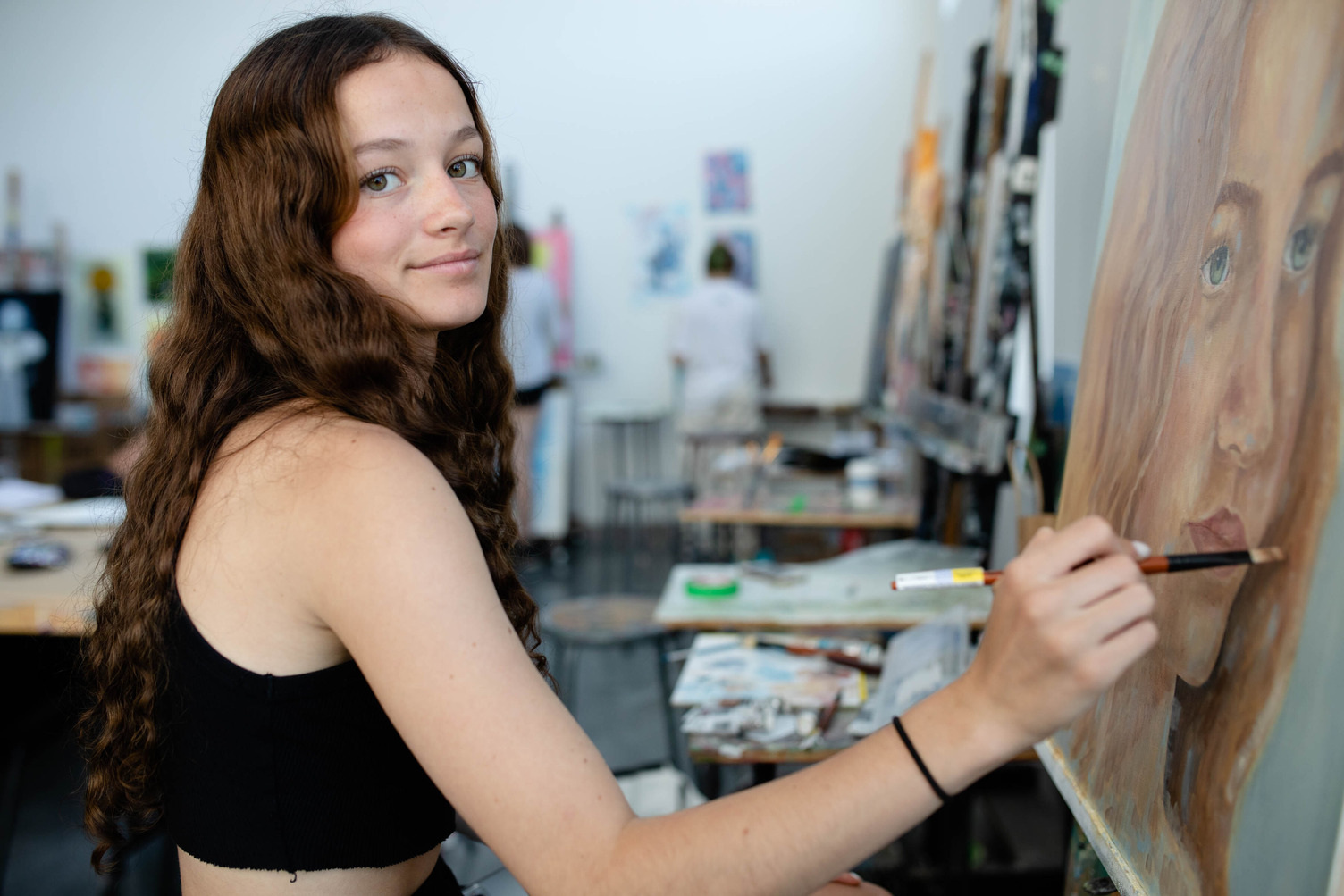5 Benefits of Creative Learning for Teens

Posted on | Updated
Creativity isn’t just about making art—it’s about shaping minds, building resilience and preparing young people to thrive in a changing world.
Creative expression offers more than meets the eye; it helps shape how young people see themselves and their place in the world.
As teens navigate one of the most formative stages of life, access to creative education supports more than artistic growth. It nurtures emotional resilience, cognitive flexibility, and social connection, all while preparing students to meet the demands of an increasingly complex future.
1. Creativity Boosts Mental Health
There’s growing evidence that creative activities like drawing, filmmaking or design can support mental wellness. The teen years bring rapid changes and self-discovery, and creative expression offers a healthy way to process emotions and reduce stress.
According to the American Art Therapy Association, artistic expression can help reduce anxiety and depression, improve mood and serve as a healthy outlet for processing emotions. Research from Drexel University found that just 45 minutes of creative activity significantly reduced cortisol, the body’s primary stress hormone.
2. Creative Thinking Builds Better Brains
Creativity engages the brain in powerful ways. When teens solve visual problems, experiment with new materials, or develop an artistic concept, they activate complex mental processes.
Research shows that creative learning enhances focus, memory and problem-solving. It even promotes neuroplasticity, the brain’s ability to rewire itself. This is especially impactful during adolescence, when key cognitive functions are still developing.
3. Fosters A Growth Mindset
Creative work thrives on trial and error. Teens learn that mistakes aren’t failures — they’re part of the process. This helps build a growth mindset, believing skills and intelligence can be developed through effort and persistence.
According to psychologist Carol Dweck’s research, this mindset leads to greater resilience and motivation, essential for academic success and personal well-being.
4. Creative Skills are Career Skills
Creativity isn’t limited to art + design. It’s a core skill across industries — and one of the most sought-after by employers. The World Economic Forum’s The Future of Jobs Report 2025 highlights creative thinking, resilience and adaptability as top priorities in the future workforce, especially as AI continues to transform the workforce.
Creative learning builds:
- Empathy and innovation through design thinking: used in fields from healthcare to tech.
- Communication skills through visual storytelling: essential in marketing, education and public policy.
- Collaboration and leadership through team-based projects.
5. A Safe Space to Explore + Connect
Creative programs offer more than skill-building — they offer community and belonging. Working alongside peers in a supportive, low-pressure environment, teens can take risks, explore their passions and connect with like-minded peers.
At Emily Carr University, programs like the Junior Art Institute (ages 13-15) and the Summer Institute for Teens (ages 16-18) provide a vibrant space where creativity and confidence grow side by side, and friendships often last long after summer ends.
Ready to get started?
If you’re interested in harnessing the power of art + design, explore our many youth programs at Emily Carr University of Art + Design this summer and year-round. Led by professional artists and designers, these immersive courses are the perfect place for young creatives to discover new artistic passions, develop their portfolio and connect with creative peers.
Our Summer Teen Programs for ages 13-18 are open for registration. Start your creative journey today! Join us at Emily Carr University this summer.